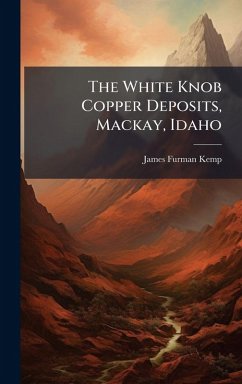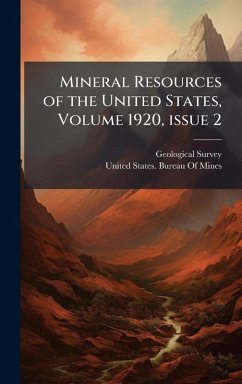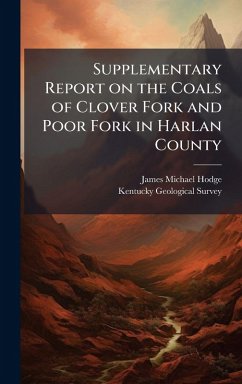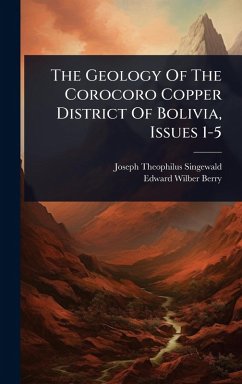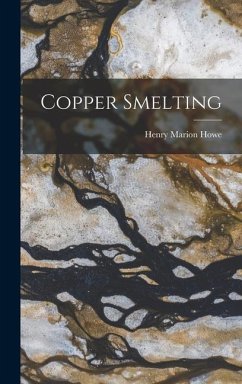
Descriptive Models, Grade-tonnage Relations, and Databases for the Assessment of Sediment-hosted Copper Deposits With Emphasis on Deposits in the Africa Copperbelt, Democratic Republic of the Congo and Zambia
Versandkostenfrei!
Versandfertig in über 4 Wochen
30,99 €
inkl. MwSt.
Weitere Ausgaben:

PAYBACK Punkte
15 °P sammeln!
The Central African Copperbelt (CACB) is one of the most important copper-producing regions of the world. The majority of copper produced in Africa comes from this region defined by the Neoproterozoic Katanga sedimentary basin of the southern Democratic Republic of the Congo (DRC) and northern Zambia. Copper in the CACB is mined from sediment-hosted stratabound copper deposits associated with red beds and includes the giant deposits in the Kolwezi and Tenge-Fungurume districts in the DRC and the Konkola-Musoshi and Nchanga-Chingola districts in Zambia. In recent years, sediment-hosted structur...
The Central African Copperbelt (CACB) is one of the most important copper-producing regions of the world. The majority of copper produced in Africa comes from this region defined by the Neoproterozoic Katanga sedimentary basin of the southern Democratic Republic of the Congo (DRC) and northern Zambia. Copper in the CACB is mined from sediment-hosted stratabound copper deposits associated with red beds and includes the giant deposits in the Kolwezi and Tenge-Fungurume districts in the DRC and the Konkola-Musoshi and Nchanga-Chingola districts in Zambia. In recent years, sediment-hosted structurally controlled replacement and vein (SCRV) copper deposits, such as the giant Kansanshi deposit in Zambia have become important exploration targets in the CACB region. This work has been selected by scholars as being culturally important, and is part of the knowledge base of civilization as we know it. This work was reproduced from the original artifact, and remains as true to the original work as possible. Therefore, you will see the original copyright references, library stamps (as most of these works have been housed in our most important libraries around the world), and other notations in the work. This work is in the public domain in the United States of America, and possibly other nations. Within the United States, you may freely copy and distribute this work, as no entity (individual or corporate) has a copyright on the body of the work. As a reproduction of a historical artifact, this work may contain missing or blurred pages, poor pictures, errant marks, etc. Scholars believe, and we concur, that this work is important enough to be preserved, reproduced, and made generally available to the public. We appreciate your support of the preservation process, and thank you for being an important part of keeping this knowledge alive and relevant.




